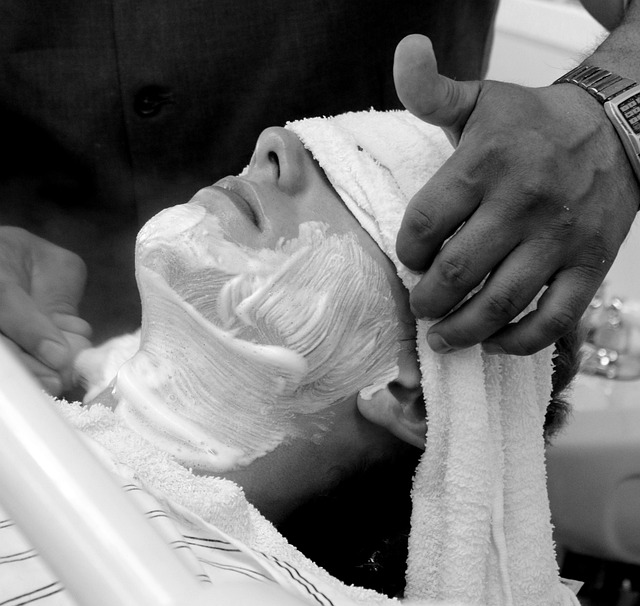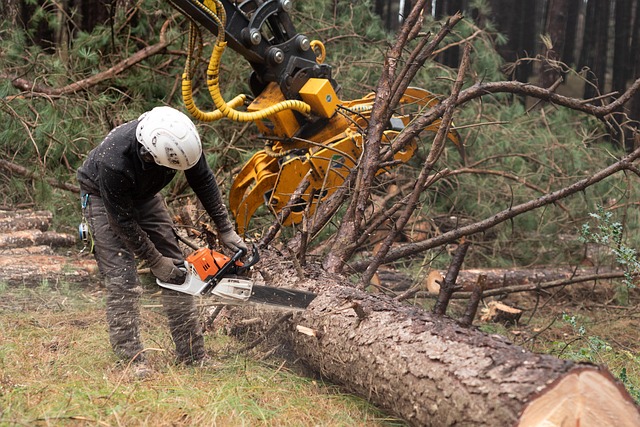The Emerald Ash Borer (EAB) is a destructive beetle targeting ash trees in Denver, causing significant bark damage. Early detection and professional arborist services are key to combating EAB. Structural bracing treatments protect trees from structural instability and environmental stresses, preserving the city's urban forest and mitigating EAB's impact. Regularly inspecting urban trees can help detect signs of weakness, such as leaning or bent branches, requiring bracing for older or stressed trees to prevent severe damage from pests like EAB.
“In Denver’s vibrant urban landscape, tree care is not just an aesthetic consideration but a vital service ensuring the health and longevity of our city’s green tapestry. With the ongoing battle against the Emerald Ash Borer (EAB), a destructive insect impacting ash trees, proper structural bracing has emerged as a game-changer in tree protection. This article explores how Denver neighborhoods can combat EAB with effective bracing treatments, safeguarding their beautiful trees for future generations.”
- Understanding Emerald Ash Borer and Its Impact on Denver Trees
- The Role of Structural Bracing in Tree Care and Protection
- How to Identify If Your Tree Needs Structural Bracing Treatment
Understanding Emerald Ash Borer and Its Impact on Denver Trees

The Emerald Ash Borer (EAB) is an invasive beetle that has been wreaking havoc on ash tree populations across North America, including Denver’s urban landscape. This tiny yet destructive pest introduces itself into ash trees by boring into their bark, disrupting the tree’s ability to transport essential water and nutrients. Over time, this can lead to significant tree damage and death, particularly in areas where ash trees are prevalent.
In Denver neighborhoods, the presence of EAB has prompted many property owners and local authorities to seek effective treatment for Emerald Ash Borer. Early detection is key to managing this issue. Professional arborists offer specialized services for structural bracing and treatment, aiming to protect valuable ash trees and preserve the city’s green spaces. By implementing these strategies, Denver can mitigate the impact of EAB and ensure the longevity of its beloved urban forest.
The Role of Structural Bracing in Tree Care and Protection

Structural bracing plays a pivotal role in tree care, especially when addressing issues like the Emerald Ash Borer (EAB), a destructive pest prevalent in Denver neighborhoods. Many ash trees, once infested, become structurally unstable and require specialized treatment to prevent failure. Bracing systems provide critical support, reinforcing the tree’s branch structure to withstand environmental stresses and the weight of larvae tunnels created by EAB.
In addition to treating infestations, bracing can protect mature trees from damage during storms or high winds, enhancing their longevity. Denver’s urban landscape relies on resilient tree populations, making structural bracing an essential service for maintaining the beauty and safety of neighborhoods. Effective treatment for EAB in these areas often incorporates bracing alongside other strategies to ensure the survival and health of ash trees.
How to Identify If Your Tree Needs Structural Bracing Treatment

If your tree is showing signs of weakness, it might be in need of structural bracing. This treatment is especially crucial for older trees or those already stressed by environmental factors, pests, or disease, such as the Emerald Ash Borer, which has been a significant concern in Denver neighborhoods. Look out for these telltale signs that indicate your tree could benefit from bracing:
A leaning tree or branches that are bent or broken can be an early warning. These structural issues often occur when a tree’s root system is compromised, either by the borer or other factors. Additionally, if you notice bark fissures, large dead branches, or abnormal growths, it warrants further inspection. Regularly assess your trees, especially those in urban areas, as they face unique challenges due to proximity to buildings and other structures. Early detection of these problems can prevent more severe damage down the line.
In light of the devastating impact of the Emerald Ash Borer on Denver’s tree population, structural bracing emerges as a vital treatment option. By understanding the role of bracing in protecting trees from this invasive beetle and knowing the signs that indicate your tree may need this service, residents can actively contribute to preserving their neighborhoods’ green landscapes. Implementing early intervention strategies, such as structural bracing, is key to mitigating the effects of the borer and ensuring the long-term health and longevity of beloved ash trees across Denver.
